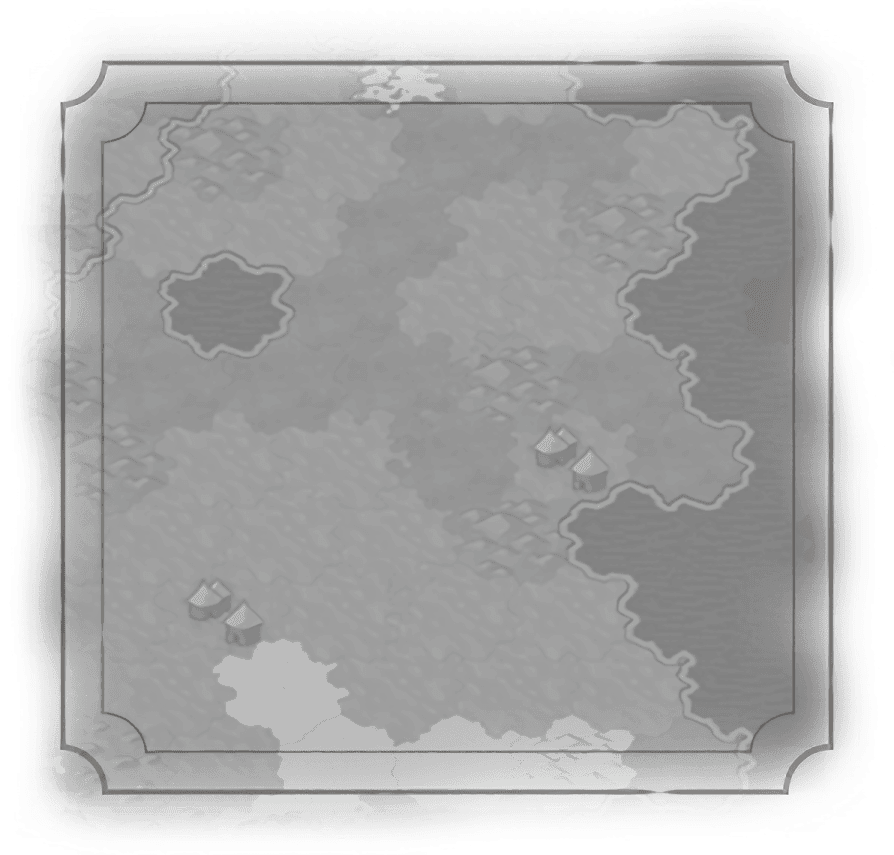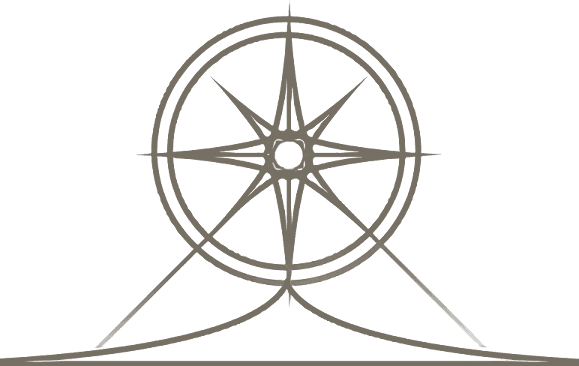Comandante General
Great Admiral
Artemisia
Chester Nimitz
Ching Shih
Clancy Fernando
Francis Drake
Franz von Hipper
Gaius Duilius
Grace Hopper
Hanno the Navigator
Himerios
Horatio Nelson
Joaquim Marques Lisboa
Laskarina Bouboulina
Leif Erikson
Matthew Perry
Rajendra Chola
Santa Cruz
Sergei Gorshkov
Themistocles
Togo Heihachiro
Yi Sun-sin
Zheng He
Great Artist
Great Engineer
Great General
Great Merchant
Great Musician
Great Prophet
Great Scientist
Great Writer


Returning home in 1878, while in command of the 'Naniwa' at the Battle of the Yalu during the first Sino-Japanese War, Tōgō performed brilliantly. In recognition, he was promoted to rear admiral at the war’s end in 1895. In 1903, the naval minister stunned everyone when he appointed Tōgō commander-in-chief of the Combined Imperial Fleet. As it turned out, an adequate choice …
At the outbreak of the Russo-Japanese War, Tōgō took the fleet to sea and promptly defeated an enemy force off Port Arthur. As Japanese ground forces laid siege to the city, Tōgō readied his ships for the arrival of the Russian Baltic Fleet, which had sailed halfway round the world to reach the war. In May 1905, Tōgō took the Russian Admiral Rozhestvensky to task, utterly destroying the enemy in the Tsushima Strait. The war was over.
Dodging retirement, Heihachirō served on the Supreme War Council which advised the Emperor on matters military; more significant, he was appointed to oversee the education of Prince Hirohito in 1914. Numerous honors followed; Tōgō was elevated to koshaku in May 1934 and died the next day at the age of 86.
Retire (1 charge)
Grants +6 Loyalty per turn for this city.
Passive Effect
+5  Combat Strength and +1
Combat Strength and +1  Movement to Modern and Atomic era naval units within 2 tiles.
Movement to Modern and Atomic era naval units within 2 tiles.

Traits

Returning home in 1878, while in command of the 'Naniwa' at the Battle of the Yalu during the first Sino-Japanese War, Tōgō performed brilliantly. In recognition, he was promoted to rear admiral at the war’s end in 1895. In 1903, the naval minister stunned everyone when he appointed Tōgō commander-in-chief of the Combined Imperial Fleet. As it turned out, an adequate choice …
At the outbreak of the Russo-Japanese War, Tōgō took the fleet to sea and promptly defeated an enemy force off Port Arthur. As Japanese ground forces laid siege to the city, Tōgō readied his ships for the arrival of the Russian Baltic Fleet, which had sailed halfway round the world to reach the war. In May 1905, Tōgō took the Russian Admiral Rozhestvensky to task, utterly destroying the enemy in the Tsushima Strait. The war was over.
Dodging retirement, Heihachirō served on the Supreme War Council which advised the Emperor on matters military; more significant, he was appointed to oversee the education of Prince Hirohito in 1914. Numerous honors followed; Tōgō was elevated to koshaku in May 1934 and died the next day at the age of 86.
Traits
Retire (1 charge)
Grants +6 Loyalty per turn for this city.
Passive Effect
+5  Combat Strength and +1
Combat Strength and +1  Movement to Modern and Atomic era naval units within 2 tiles.
Movement to Modern and Atomic era naval units within 2 tiles.



